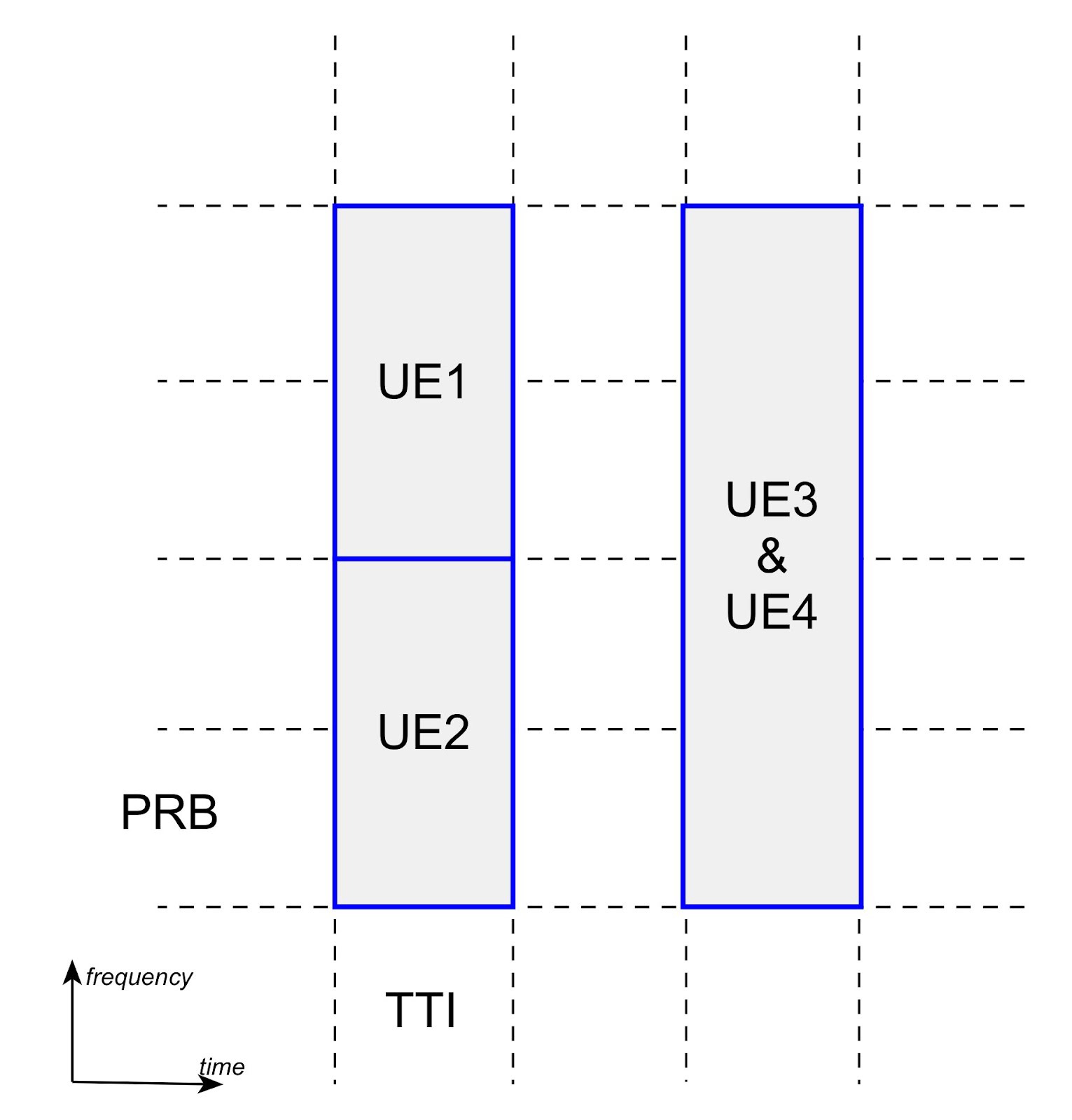|
|
|
|
|
|
Article
MIMO for 3GPP L2 RAN Developer - 2
by
Samir Amberkar
(published on 16-Dec-2023)
As seen in earlier article, "MIMO for 3GPP L2 RAN Developer",
Precoding forms the core of MIMO.
Idea is to maintain the balance between Channel and Precoding.
Receiver knows Channel the most, so the feedback from receiver to transmitter is needed, for Precoding to be most effective.
Needless to say, the feedback is to be continuous.
In UL MIMO, receiver is base station, which itself is in control of Precoding (Matrix) values.
So, the feedback (or step of determination of Precoding values) is internal to base station.
In DL MIMO however, we will need signaling from UE to base station to communicate the feedback.
Instead of information about Channel, UE communicates recommended Precoding values via a parameter called, PMI (Precoding Matrix Indicator).
PMI is basically an index to the table of Precoding Metrices.
These tables is predefined in 3GPP specification [1] (38.214:5.2.2.2) and it is known as "Codebook".
In this article, we will talk about MU-MIMO and understand the basics of Beamforming.
This is needed to understand the concepts behind 3GPP Codebook.
The discussion will be in the context of 5G NR Release 15 and FR1 (sub6 GHz) frequencies.
MU-MIMO stands for "Multi-User MIMO".
As the word suggests, MU-MIMO allows use of same RF resources (PRBs) for multiple users (usually a pair).
Below diagram is a snapshot of RF allocation: UE1 is operating in SU-MIMO,
UE2 is operating in SU-MIMO, whereas UE3/UE4 are operating in MU-MIMO.
5G NR uses Beamforming to achieve MU-MIMO operation.

Fig "MU-MIMO"
|
|
|
|
|
|
|
|
|
|